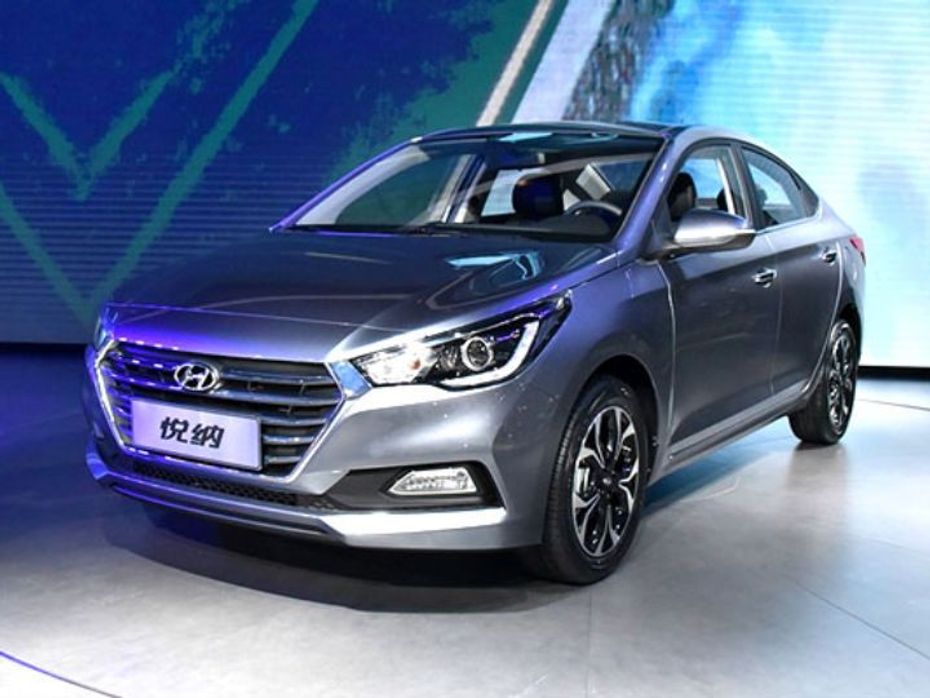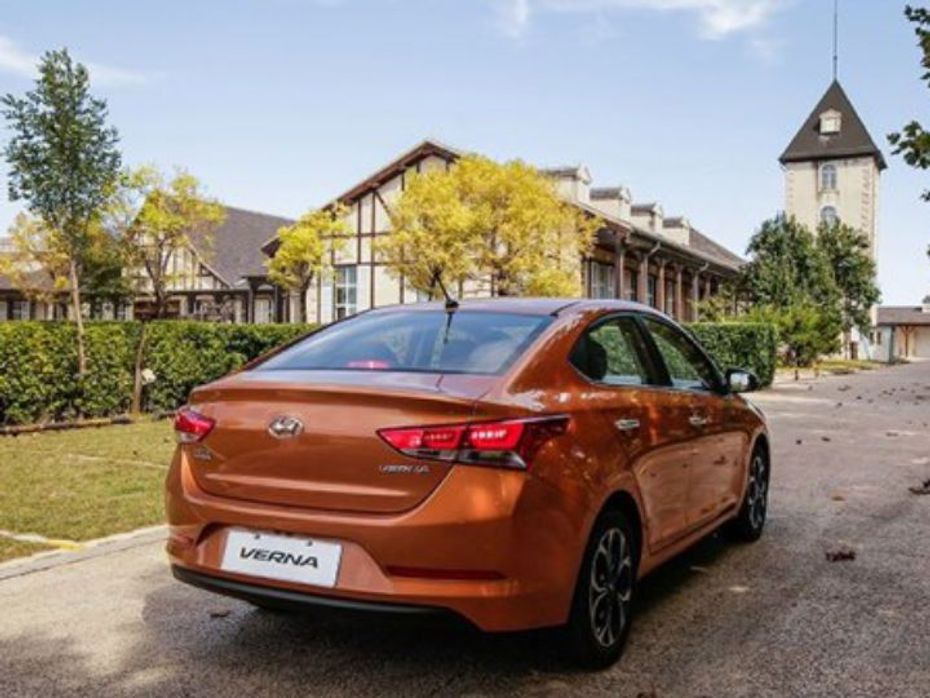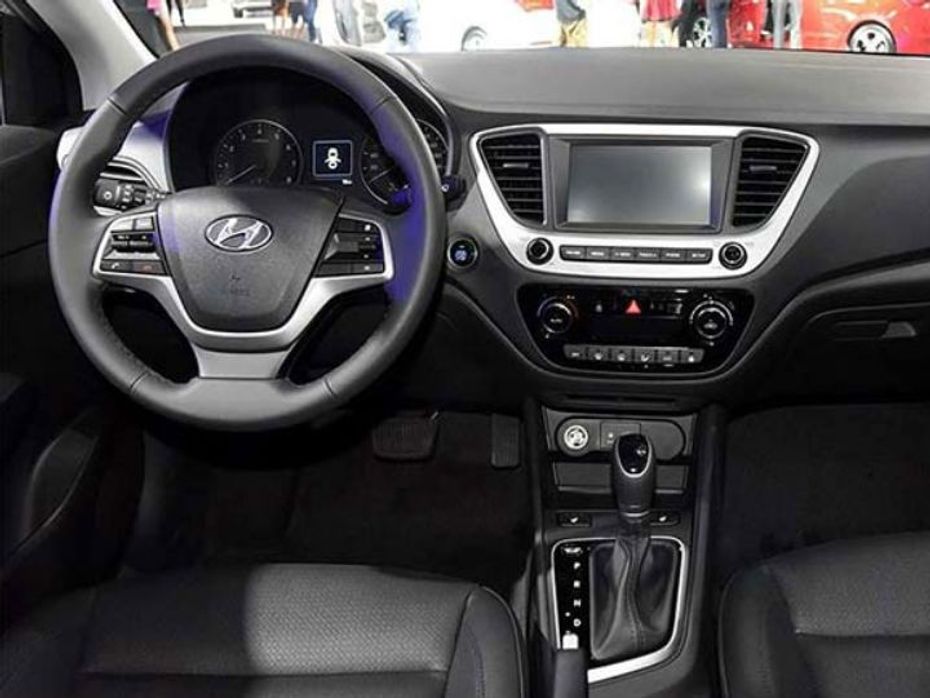
Here’s How Different The Hyundai Creta N-Line Looks From The...
- Mar 2, 2024
- Views : 5770


The old-timers’ trick for undercutting strict emission laws without losing power was to bolt a turbocharger to an engine with a smaller capacity. This ensured that both the performance-hungry owner and the ever-vigilant environmentalists were happy. Now, though, with the steep increase in air pollution levels, especially in India, just turbocharging an engine is not enough. This is where mild-hybrid tech comes in, which has a few tricks up its sleeve to further reduce the amount of harmful emissions.
In the second half of 2017, Hyundai is expected to launch its new Verna sedan and, with it, a mild-hybrid tech which will work on the same lines as the SHVS (Smart Hybrid Vehicle by Suzuki) engineering that features in its arch rival, the Maruti Suzuki Ciaz. Clearly the South Koreans agree that with the introduction of a mild-hybrid set-up, the car can potentially become one of the most fuel-efficient in its segment.

So what is this ‘green’ engineering from Hyundai likely to offer? In all probability, it will feature regenerative braking technology. In other words, the energy generated during braking is converted into electricity and stored in the car’s large-capacity battery. Also connected to the battery is something called an integrated starter generator (ISG) which uses the conserved energy from regenerative braking and helps the car get going after standing still. Why, you may ask, does ISG work only to get the car off the line? The answer is simple – a vehicle uses much more fuel when it accelerates from a standstill. It is at this moment that the car’s engine is supplied with the conserved electricity from the battery to get it going.

The regenerative braking technology, paired with the start/stop feature, which helps to reduce engine from idling, the new Verna stands to considerably improve its fuel-efficiency figures. This move also comes in at the right time for the South Korean carmaker as the government is gearing up to bring Euro VI levels of emission norms in India as soon as possible.

Here’s How Different The Hyundai Creta N-Line Looks From The...

Tata Outperforms Hyundai To Take Second Spot February 2024 Sales

Here’s When The Hyundai Creta N Line Prices Will Be Revealed

Hyundai Creta Nameplate Hits 10 Lakh Sales Milestone, With 1 Unit...

2024 Hyundai Creta N Line To Be Available In Two Variants And Four...

2024 Hyundai Creta N Line Launched In India, Priced From Rs 16.82 Lakh

Hyundai Creta Turbo-petrol Will FINALLY Have A Manual Gearbox With...

Hyundai Creta N Line Launch Tomorrow: 5 Things You Should Know

India-bound 2024 Hyundai Alcazar Facelift Spied In South Korea

Maruti Suzuki Rock N Road: Redefining the SUV Experience
India's largest automotive community